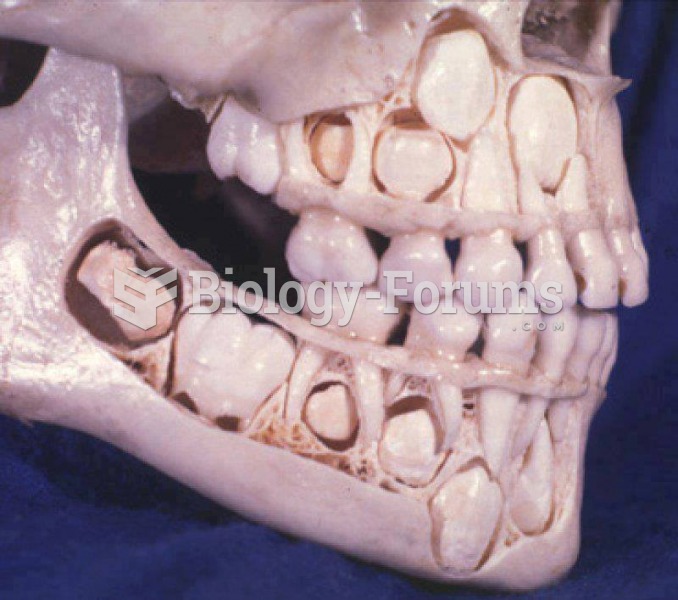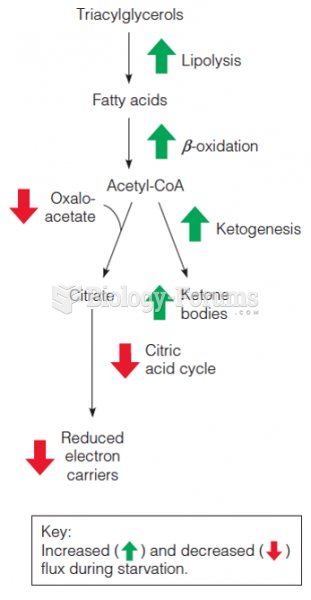Answer to Question 1
TRUE
Answer to Question 2
Once a nutrient enters a cell, the complex process of nutrient metabolism begins. Metabolism is the sum of chemical processes that occur within a living cell to maintain life. In short, when a cell uses a nutrient, it metabolizes it. Some metabolic processes utilize nutrients to build and support the body's structures, such as bones and muscle. Others transfer the energy stored in energy-yielding nutrients to the powerful chemical bonds of ATP, the major energy currency of cells. ATP is a perfectly designed, intricate molecule that fuels thousands of chemical reactions required to sustain life. The processes by which cells use and store energy involve a series of chemical reactions referred to collectively as energy metabolism. Energy metabolism enables cells to transform the chemical energy stored in certain nutrients ultimately providing cells with adequate ATP.Metabolic processes are generally complex, requiring many steps. Cells contain mitochondria, which are organelles that play an important role in converting the chemical energy found in certain nutrients into ATP. This transformation occurs through a series of interrelated chemical reactions collectively called a metabolic pathway. Each chemical reaction in a metabolic pathway requires the help of at least one enzyme. To function properly, enzymes often require the assistance of certain vitamins and minerals. Thus, although they themselves do not provide cells with a source of energy, vitamins and minerals play an important role in energy metabolism.Some metabolic pathways break down complex molecules into simpler ones, releasing energy and heat in the process. This process is referred to as catabolism. Conversely, a series of metabolic reactions that uses energy to construct a complex molecule from simpler ones is referred to as anabolism. Thus, catabolism and anabolism can be thought of, respectively, as series of break it and make it chemical reactions.







